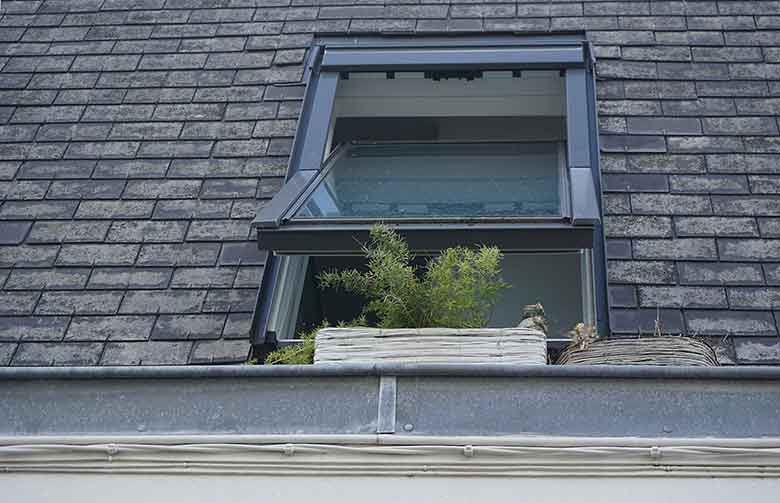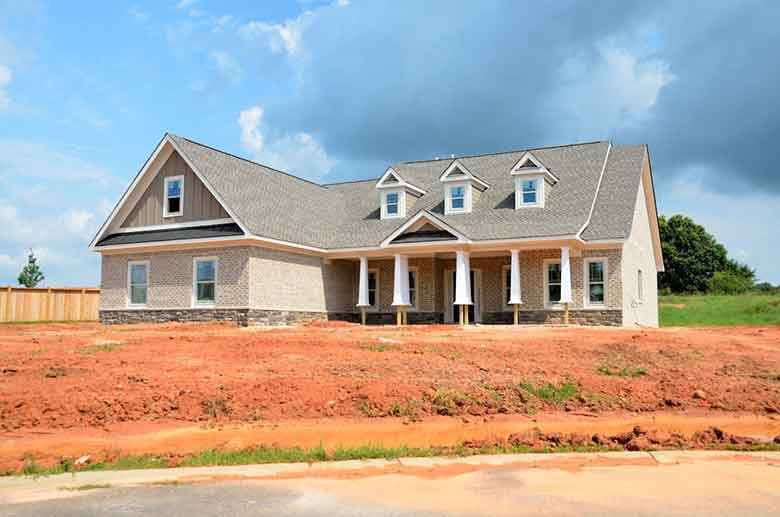
Roof stress doesn’t always stay behind with the seller. It can move in with you. This hidden issue can cause expensive problems. It often hides under surface repairs and missed inspections. Many homeowners discover the problem too late. Understanding how roof stress can follow you helps prevent this mistake.
Roof Stress: What It Is and Why It Matters
Roof stress happens when roofing materials weaken. This comes from age, weather, poor maintenance, or bad design. As roofing ages, cracks, dips, and leaks form. These signs are easy to miss if covered by fresh paint or patchwork.
As a matter of fact, stressed roofs may seem fine during a casual look. But water stains, curled shingles, or loose flashing tell a different story. These signs suggest long-term wear and future failure.
Besides, roof stress doesn’t stay in one place. It spreads across the structure. This creates wider roof damage with time.
Another key point is material choice. Some roofing types, such as asphalt, wear faster in hot climates. Others, such as wood shakes, struggle in damp areas. Knowing what type you’re buying helps you prepare.
The Domino Effect: How Roof Stress Impacts Your Entire Home
Roof problems often spread beyond the roof itself. Water leaks may soak into walls or insulation. This leads to mold, mildew, and warped drywall. With this in mind, check ceilings and corners for stains or soft spots. These usually point to roof damage above.
Roof leaks force HVAC systems to work harder. Insulation may become wet and lose its function. Also, energy costs rise quickly as a result. In short, roof stress affects more than the roof. It weakens safety, comfort, and value. Delaying repairs adds more stress and higher repair bills.

Roof Readiness and Peace of Mind: A Key Step in a Stress-Free Move
Moving is already a major event. Add roof problems, and the stress multiplies quickly. The uncertainty of hidden damage can disrupt plans and delay your schedule. This matters even more when international travel is involved. A damaged roof while you’re abroad can lead to major repairs without your supervision.
As a matter of fact, dealing with roofing issues during a move creates mental and financial pressure. Planning ahead helps reduce that risk. Before closing the deal, arrange a full roof inspection. Ask questions and review every document related to roof history and repairs.
With this in mind, creating a solid home foundation helps you focus on the rest of the move. Knowing the roof is secure allows you to plan logistics, pack with confidence, and coordinate timelines.
Skipping this step often leads to chaos. Many homeowners discover leaks weeks after moving in. By then, furniture may be damaged, and schedules disrupted. Those handling overseas work assignments or family travel may face even more difficulty.
Planning roof repairs while abroad is complicated. Communication delays, missed contractor updates, and a lack of oversight increase the chance of mistakes.
Another key point is that knowing your home is structurally sound helps make the experience more relaxing. You’re free to focus on essentials—settling in, connecting utilities, or adjusting to new routines. This way, you will relieve stress when moving.
Home Inspections Miss Things: Here’s What to Look For Yourself
Home inspections often skip detailed roof reviews. Inspectors focus on safety issues and code violations. In contrast, roof stress signs get less attention. As a matter of fact, many inspectors only check the roof from the ground. They miss sagging areas, flashing damage, or small holes.
Walk around the house. Check for wavy lines along the roof edge. Look for granules near downspouts. These come from damaged shingles.
Inside, inspect the attic during daylight. If you see streaks of light, the roof has holes. Musty smells suggest trapped moisture or decay.
Check around chimneys and vents. Rust, water trails, or mold mean roof leaks have already started. Early detection helps avoid big repair costs later.

How Roof Stress Can Follow You Into Your New Home
This problem often starts before you even move in. Sellers may not report damage. Some do not know it exists. Besides, roofing issues are easy to hide. A patch job or cleaning can mask deeper trouble. Without deep checks, the buyer takes on the risk.
Another key point is that most home warranties exclude roof damage. You could end up paying for hidden issues yourself. With this in mind, review all roof-related documents before buying. Ask for repair records and inspection photos. Get second opinions when unsure.
How roof stress can follow you often depends on what you missed before the sale. Don’t assume a clean report means no stress. In short, buyers who skip roof inspections take on the past owner’s problems. That burden can get expensive fast.
Preventing Roof Stress Before You Sign the Deal
You can stop this problem before it starts. The best way is to hire a roofing contractor to inspect the roof before purchase.
Similarly, use a drone or ladder to check the full surface. Avoid relying only on the seller’s report. Ask how old the roof is. Most roofs last 15 to 25 years, depending on materials. Older roofs may need replacement soon. Another key point is warranty coverage. Ask for paperwork. Make sure the warranty can be transferred to you.
Ask if any repairs were recent. Quick fixes often fail if the base damage remains. Get proof of work from licensed contractors. Create a checklist before buying. This should include:
- Roofing material and age
- Last full inspection
- Recent storm history
- Warranty details
- Any insurance claims related to the roof
With this in mind, planning early saves future stress. Knowing what you’re buying helps avoid regret.

Don’t Let Roof Stress Cloud Your New Beginning
Moving into a new home should be exciting. Nevertheless, roof stress can turn joy into frustration if missed. Check the roof early. Don’t wait for rain to reveal the damage. Leaks can form slowly but cost a lot fast. Review insurance and warranty coverage. Schedule an inspection with a roofing expert. Make this part of your buying process.
How roof stress can follow you depends on your actions before and just after moving. Stay alert and proactive. Another key point is creating a maintenance plan. Clean gutters twice yearly. Check for storm damage. Fix problems early.

